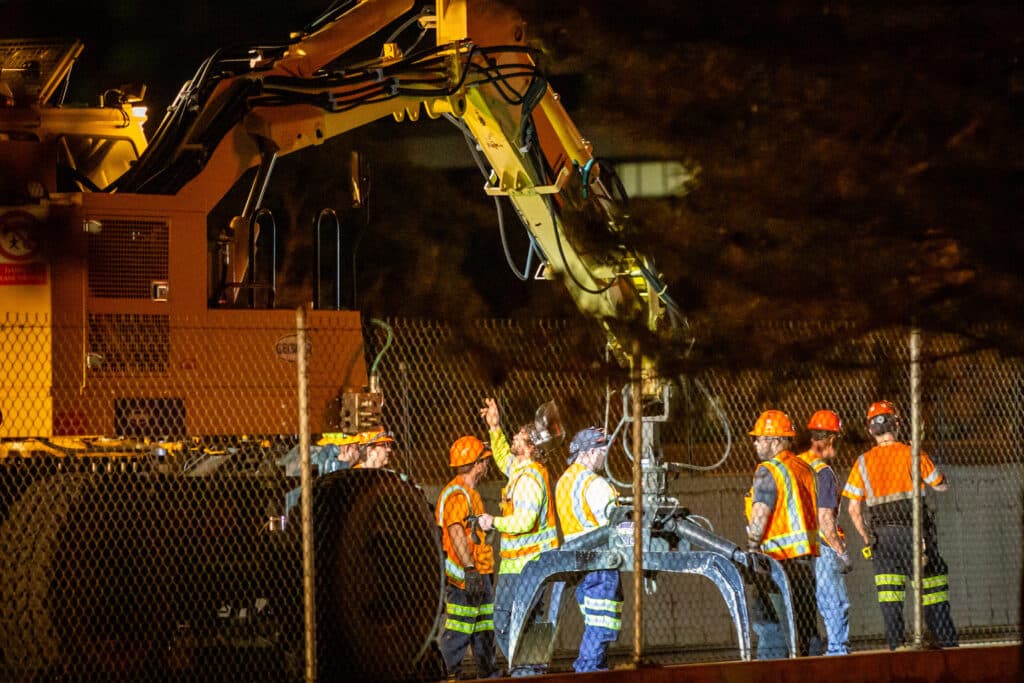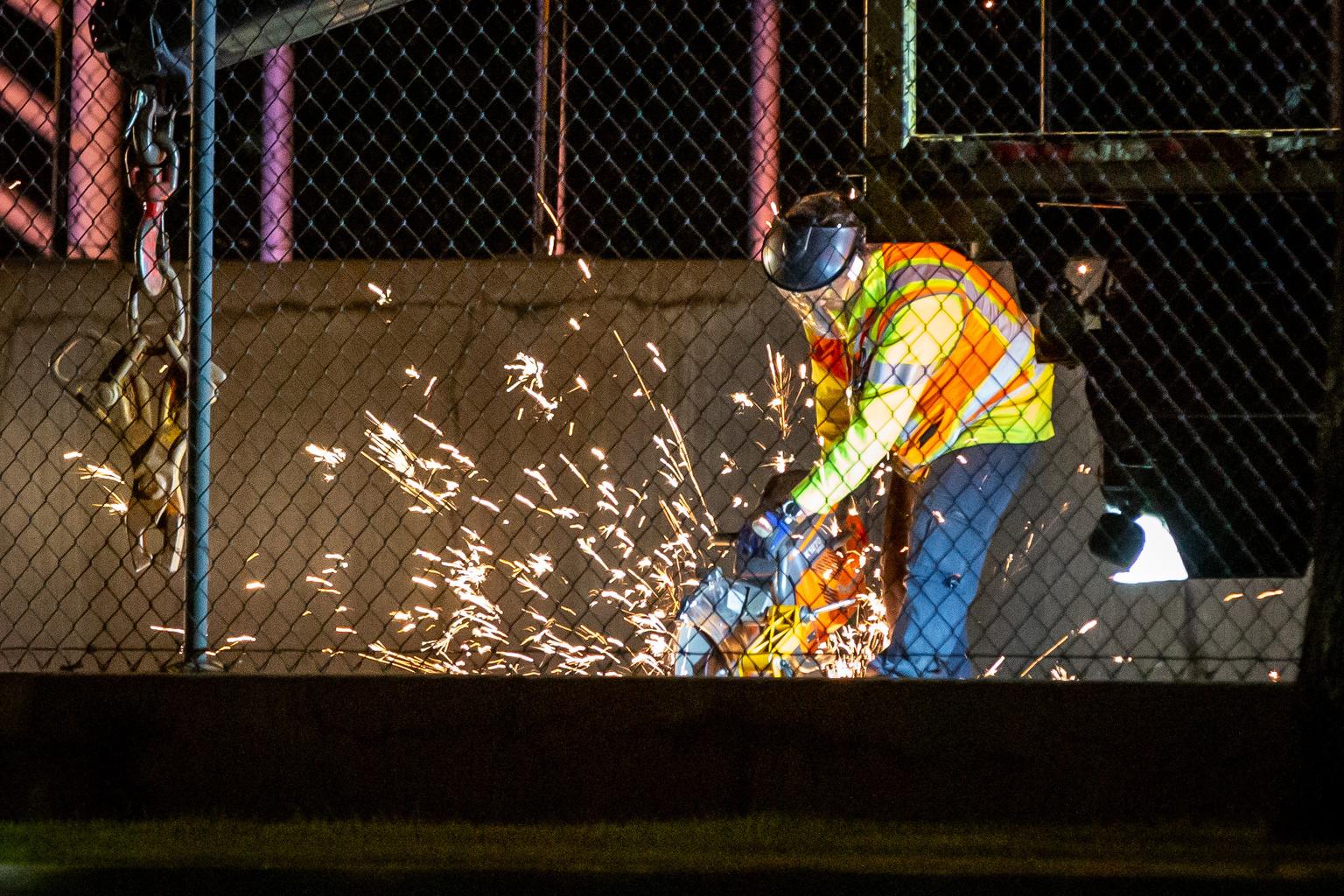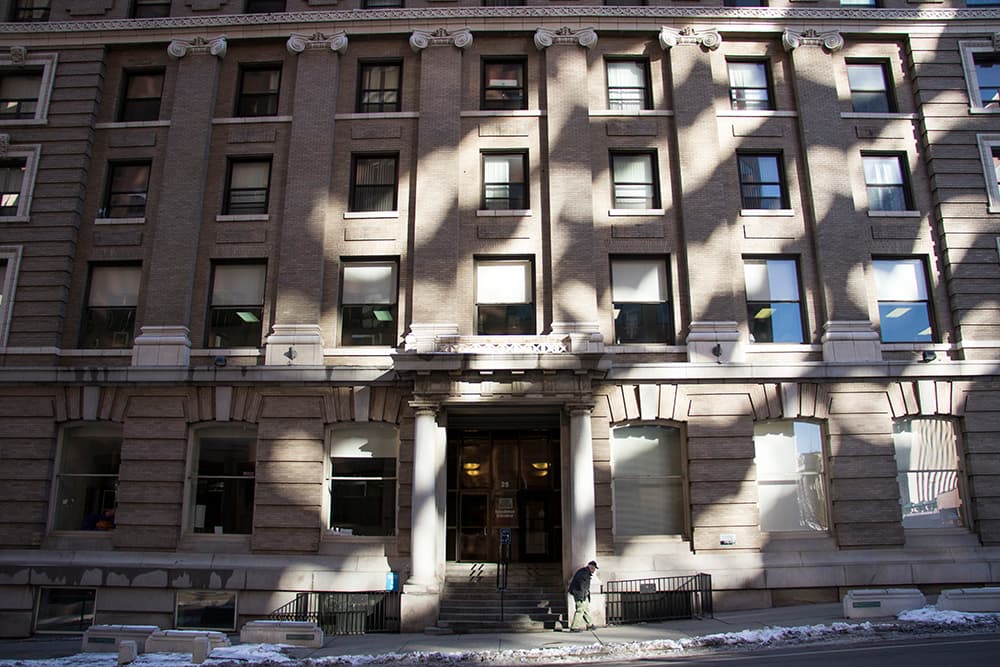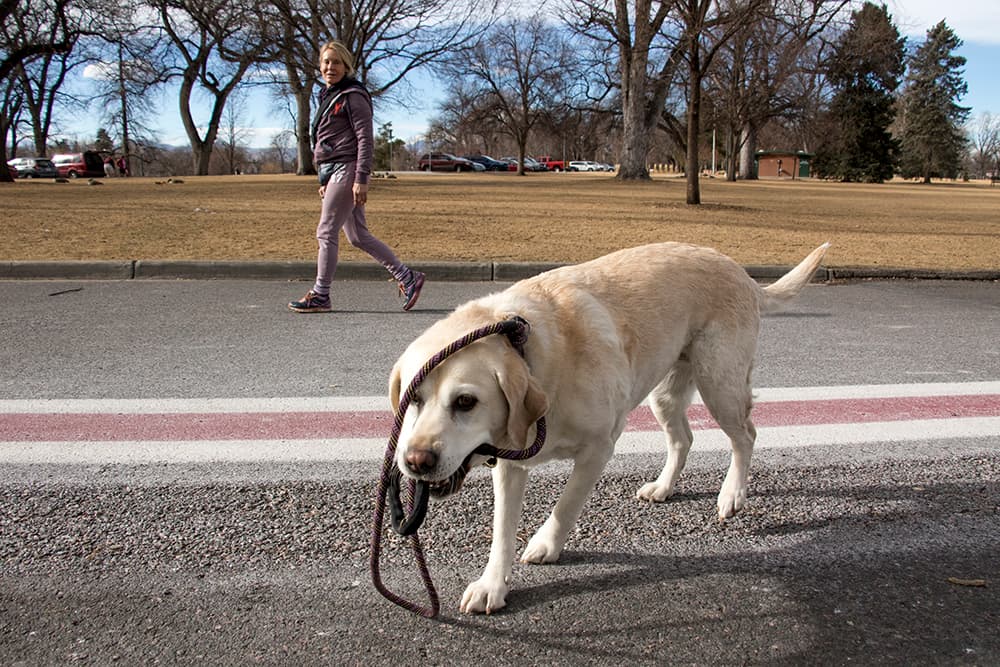The slog days are over.
After close to a year of repairs, the Regional Transportation District on Tuesday lifted the last of its “slow zones,” ending a debacle that devastated ridership and turned some train commutes into slow-motion torture.
“There are no speed restrictions currently in effect,” the agency’s website declared.
Since last spring, the agency’s trains have traveled at just 10 mph for stretches of some routes — slower than some of the Mile High City’s more enthusiastic joggers.
In all, the agency completed repairs in 31 zones on the D, E, H and R lines. Crews replaced more than two miles of track, often working overnight while overhead wires were powered down. The repair crew of more than 100 staff also took grinders to smooth more than 50 miles of rail, leveled the rock ballast beneath tracks and more.

RTD started the repair program after new, more intensive inspections revealed issues with the tracks. The agency carried out more repairs in a single year than it had in the previous 20 years combined.
The final slow zone was between the Yale and Southmoor stations.
The Colorado Public Utilities Commission had ordered RTD to improve its light rail maintenance after the agency reported in 2022 that its track at 19th and Stout streets had disintegrated to the point that trains could only travel at 3 mph until it was replaced
In October 2023, RTD told the commission it would adopt track standards set by the American Public Transportation Association, which led to the discovery of structural issues throughout the aging system.
“Everything is structurally fine,” Dave Jensen, the agency’s assistant general manager for rail operations, said last year. “But absent any kind of intervention, those spots in the rail will turn into cracks. And those cracks will turn into breaks … We're taking a proactive approach as opposed to a reactive approach in the way that we're managing the railroad.”

RTD’s new routine includes a yearly ultrasonic inspection, with crews using high-frequency sound waves to look for structural issues with the rail. RTD staff also walk the entire system on a 90-day basis and a “hi-rail” vehicle is used to review all of the track twice a week. RTD has 120 miles of light-rail track.
The agency plans to expand its track maintenance team from 14 employees to 18 in the near future.
Still, the agency warned, more issues will surface — and slow zones will return when they’re needed.














